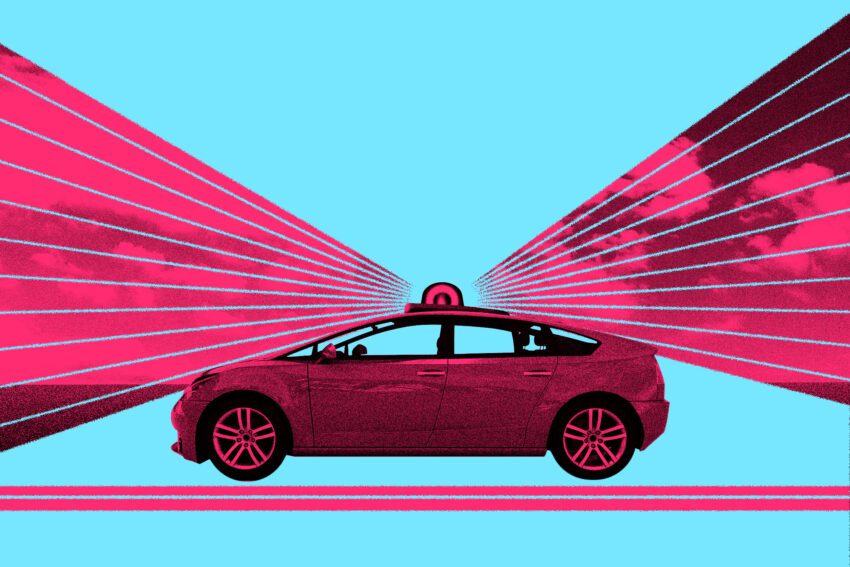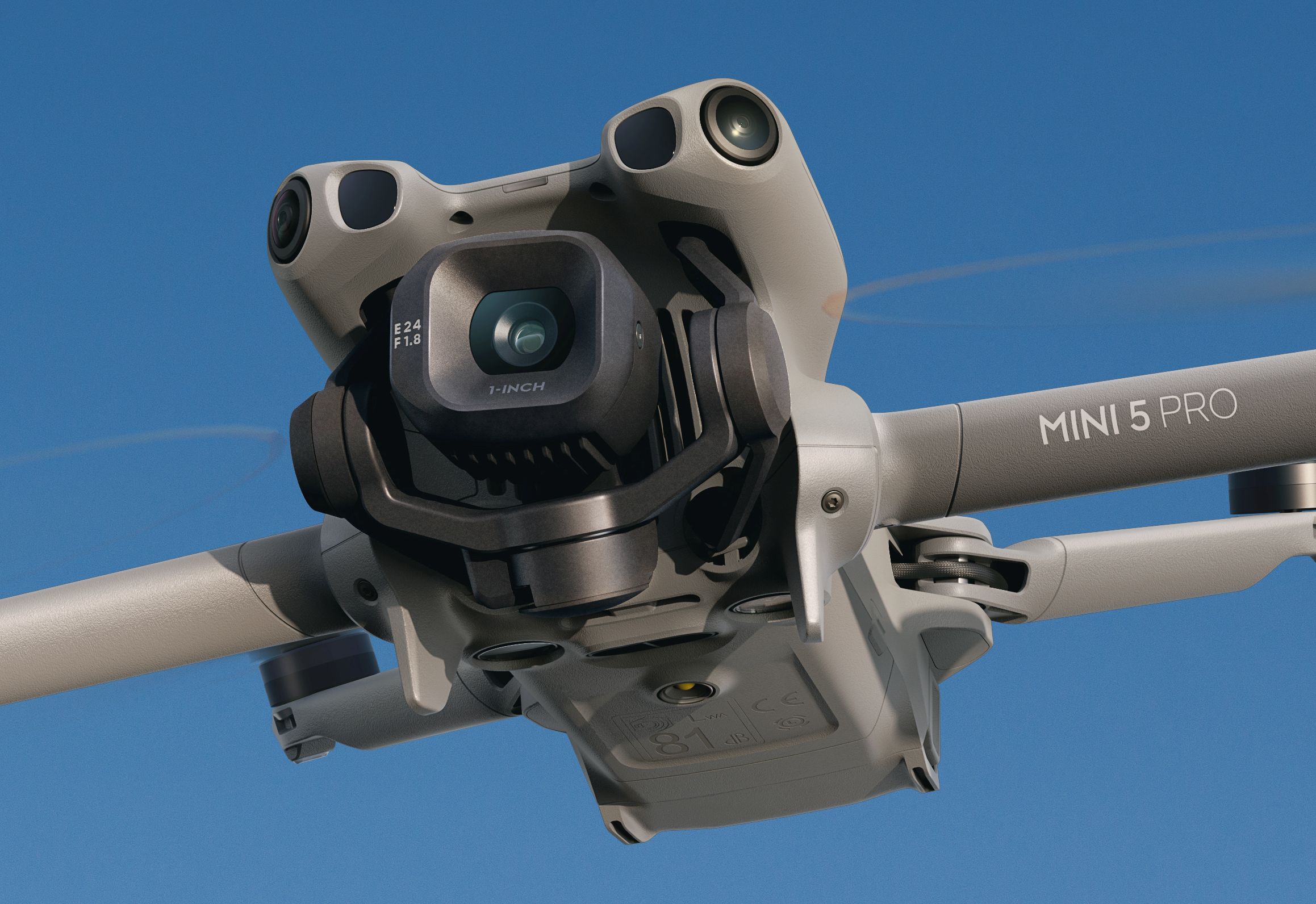
uber stellantis nvidia and foxconn make a Stellantis has announced a significant collaboration with Nvidia, Foxconn, and Uber to develop a new robotaxi service, marking a resurgence in the autonomous vehicle sector.
uber stellantis nvidia and foxconn make a
Background on the Robotaxi Landscape
The robotaxi industry has experienced a rollercoaster of developments over the past few years. Initial excitement surrounding autonomous vehicles led to numerous projects, many of which were spearheaded by automakers and tech companies. However, as safety concerns and financial viability became pressing issues, several high-profile initiatives were either scaled back or completely shut down. Despite these setbacks, the interest in self-driving technology has not waned. In fact, recent announcements indicate a renewed commitment from major players in the automotive sector to explore the potential of robotaxis.
Stellantis, the parent company of well-known automotive brands such as Jeep, Ram, Dodge, and Chrysler, is at the forefront of this renewed interest. The company has unveiled plans for a collaborative effort with Nvidia, Foxconn, and Uber to launch a new robotaxi service, signaling a strategic pivot towards autonomous mobility solutions.
The Collaboration Explained
Stellantis’s new robotaxi initiative is designed to leverage the strengths of each partner involved. The collaboration can be broken down into several key components:
- Vehicle Production: Stellantis will be responsible for manufacturing the vehicles that will serve as the foundation for the robotaxi fleet. The company has stated that its vehicle platforms are “AV-Ready,” which means they are designed to accommodate autonomous driving technology.
- Autonomous Technology: Nvidia will provide the self-driving systems, utilizing its Drive AGX Hyperion 10 architecture. This advanced technology includes the DriveOS software, which is crucial for enabling autonomous functionalities.
- Deployment: Uber will take charge of deploying these robotaxis on its ride-hailing platform, allowing users to access the service through its existing app.
Vehicle Specifications
Stellantis has indicated that the vehicles intended for this robotaxi service will include models such as the K0 Medium Size Van and the STLA Small. These vehicles are designed with “maximum flexibility” in mind, allowing for configurations that can accommodate multiple passengers. This adaptability is essential for a robotaxi service, which must cater to varying passenger needs and preferences.
The Role of Each Partner
Nvidia’s Contribution
Nvidia’s involvement in the collaboration is particularly noteworthy. The company has established itself as a leader in the field of autonomous driving technology, providing solutions to various automakers. The Drive AGX Hyperion 10 architecture is a testament to Nvidia’s commitment to advancing self-driving capabilities. This technology is designed to process vast amounts of data from vehicle sensors, enabling real-time decision-making essential for safe autonomous operation.
Foxconn’s Ambiguous Role
Foxconn’s role in the partnership remains somewhat ambiguous. The Taiwanese tech giant is primarily known for manufacturing consumer electronics, including the iPhone for Apple. In this collaboration, Foxconn is expected to work alongside Stellantis on hardware and systems integration. While the specifics of Foxconn’s contributions have not been fully disclosed, the company’s ambition to expand into the automotive sector is evident. However, Foxconn’s history of partnerships with automotive companies that have subsequently faced financial difficulties raises questions about the long-term viability of its involvement in this project.
Uber’s Deployment Strategy
Uber’s role as the deployment partner is critical to the success of the robotaxi service. The company has expressed its intention to integrate various robotaxi brands into its platform, including those from competitors like Waymo and Volkswagen. This approach not only enhances Uber’s service offerings but also positions the company as a central player in the evolving landscape of autonomous mobility.
Timeline and Future Prospects
Stellantis has announced that the “start of production” for these new vehicles is slated for 2028. This timeline indicates a long-term vision for the robotaxi service, with Uber planning to deploy an initial fleet of 5,000 vehicles in multiple markets globally, beginning with the United States. However, specific details regarding the cities where these vehicles will operate and the exact timelines for deployment remain unclear.
The announcement has generated excitement within the industry, but it also raises questions about the feasibility of such ambitious plans. The robotaxi market is still in its infancy, and various factors, including regulatory hurdles, public acceptance, and technological advancements, will play a significant role in determining the success of this initiative.
Industry Reactions and Implications
The collaboration between Stellantis, Nvidia, Foxconn, and Uber has garnered attention from industry analysts and stakeholders. Many view this partnership as a strategic move that could potentially reshape the landscape of urban mobility. However, skepticism remains regarding the actual implementation of robotaxi services, particularly in light of previous failures in the sector.
Industry experts have pointed out that while the technology for autonomous vehicles is advancing, the regulatory framework surrounding their deployment is still evolving. Governments around the world are grappling with how to integrate self-driving cars into existing transportation systems, and this could impact the timeline for the rollout of robotaxi services.
Public Perception and Acceptance
Public acceptance of robotaxis is another critical factor that will influence the success of this initiative. While some consumers are enthusiastic about the prospect of autonomous vehicles, others remain wary due to safety concerns. High-profile accidents involving self-driving cars have heightened public scrutiny, making it imperative for companies to prioritize safety and transparency in their operations.
Conclusion
The collaboration between Stellantis, Nvidia, Foxconn, and Uber represents a significant step forward in the quest for autonomous mobility solutions. As the industry grapples with the challenges of safety, regulation, and public acceptance, this partnership aims to leverage the strengths of each company to create a viable robotaxi service. With production slated to begin in 2028, the coming years will be crucial in determining whether this ambitious initiative can successfully navigate the complexities of the autonomous vehicle landscape.
Source: Original report
Was this helpful?
Last Modified: October 28, 2025 at 11:37 pm
2 views















